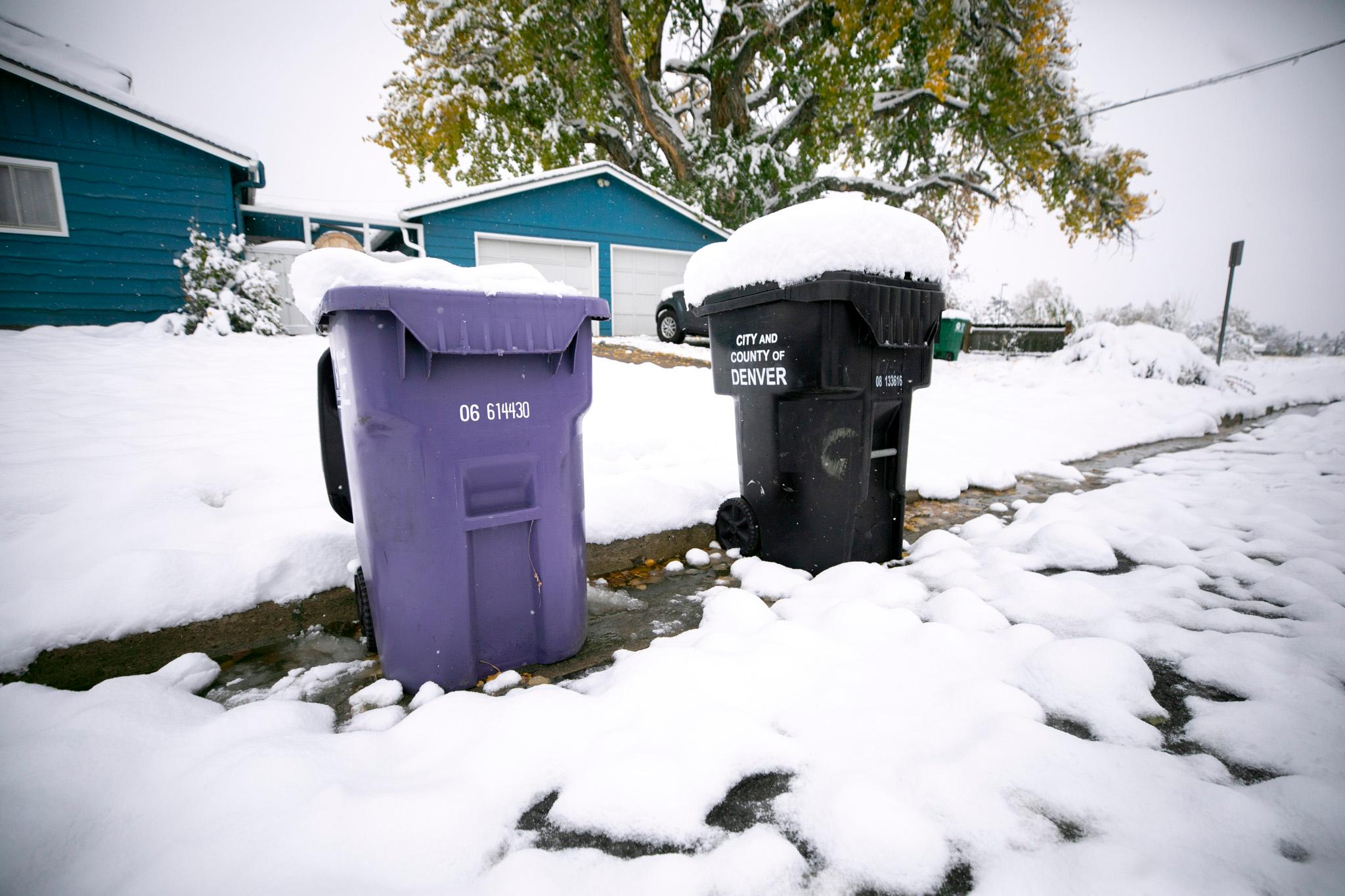
About a quarter of Colorado adults are obese, compared to nearly a third of U.S. adults. The state’s adults suffer relatively less from diabetes and cardiovascular disease. But Colorado has higher rates of death due to firearms and overdoses and of adults reporting mental illness in the past year.
About 8 percent of Colorado adults have medical debt, according to a new website from KFF, a nonprofit national health policy organization.
Voters this election season looking for more information, sources and context about health care in Colorado can find details there.
The share of Colorado births financed by Medicaid in Colorado was 36 percent in 2022.
More than half of Coloradans are covered by an employer. Medicaid, the government program for people with limited income and resources, covers 18 percent, while Medicare, the federal health insurance program for those 65 and older and some people with disabilities, covers around 13 percent.
“I do think it's a helpful tool,” said Emily Johnson, managing director of research, evaluation and convening, with the Colorado Health Institute, a nonprofit, nonpartisan health policy group.
One area where people can see some of the starkest differences between states is on the issue of abortion.
Colorado has not banned and has no gestational limit on abortion, unlike states that moved to create and enforce stricter rules after the U.S. Supreme Court ruled to end protections established by Roe v. Wade. The change has resulted in the number of abortions performed in Colorado to go up sharply, as people flocked here for care they could no longer get in their home states.
“Just seeing how we compare to those other states, I think it's important to kind of drive home that these decisions do have a consequence to people, even if they're not living within our state,” Johnson said.
On the site, KFF posts state snapshots with a wealth of details on a variety of health care topics, including health costs, medical debt, women’s health policy, including state abortion, contraception and maternity laws and policies, health coverage, including the Affordable Care Act, Medicare and prescription drug coverage, Medicaid, and employer-sponsored insurance, gender affirming care; and basic information on health status, population and income.
“They (KFF) are really good at putting the states in context, and that's exactly what they do here,” said Joe Hanel, CHI’s director of communications.
The site provides answers to all kinds of Colorado-related questions, along with sources.
When it comes to poverty, how does the state compare?
A bit more than a fifth of Colorado residents had incomes below 200% of the Federal Poverty Level, in 2022, which was smaller than the U.S. share of around 28 percent.
Regarding health coverage, how many and what percentage of the state’s population is uninsured?
Almost 400,000 people or 7 percent of Colorado's population, less than the 8 percent recorded for the U.S.
Colorado basically went all in on the ACA, the Affordable Care Act, also known as Obamacare. It expanded Medicaid and created a state health marketplace. “So it's not too surprising to me that we would see this really low uninsured rate compared to the United States,” Johnson said, “and even more so in a time when Medicaid has been expanded to so many additional people as a result of the public health emergency, which is now ending.”
What share of the state’s population are immigrants?
They make up slightly more than 14 percent of the U.S. population, with noncitizen immigrants making up more than 6 percent of the U.S. population. In Colorado, immigrants’ share of the population in Colorado is 9.6 percent, and the noncitizen immigrant share is nearly 5 percent.
The tool is part of the group’s broader collection of Election 2024-related resources. That includes our side-by-side comparison of the candidates’ positions and records on health policy issues.
“I found the national comparisons between the Trump and Harris campaigns almost more helpful than the state-by-state snapshots because so much of what has happened state by state over the past few years has been a result of odd circumstances or things that aren't necessarily going to differ between the two campaigns,” Johnson said.
The data included in the state snapshots come from a variety of sources and time periods, and therefore, may not be comparable, KFF cautions.
- Allergy pen maker sues Colorado over state affordability program
- US will let more people take methadone at home
- Colorado researcher says people with PTSD are losing out on an effective treatment — MDMA
- Once top in the nation for youth e-cigarette use, Colorado’s usage rate has sharply dropped after community response








